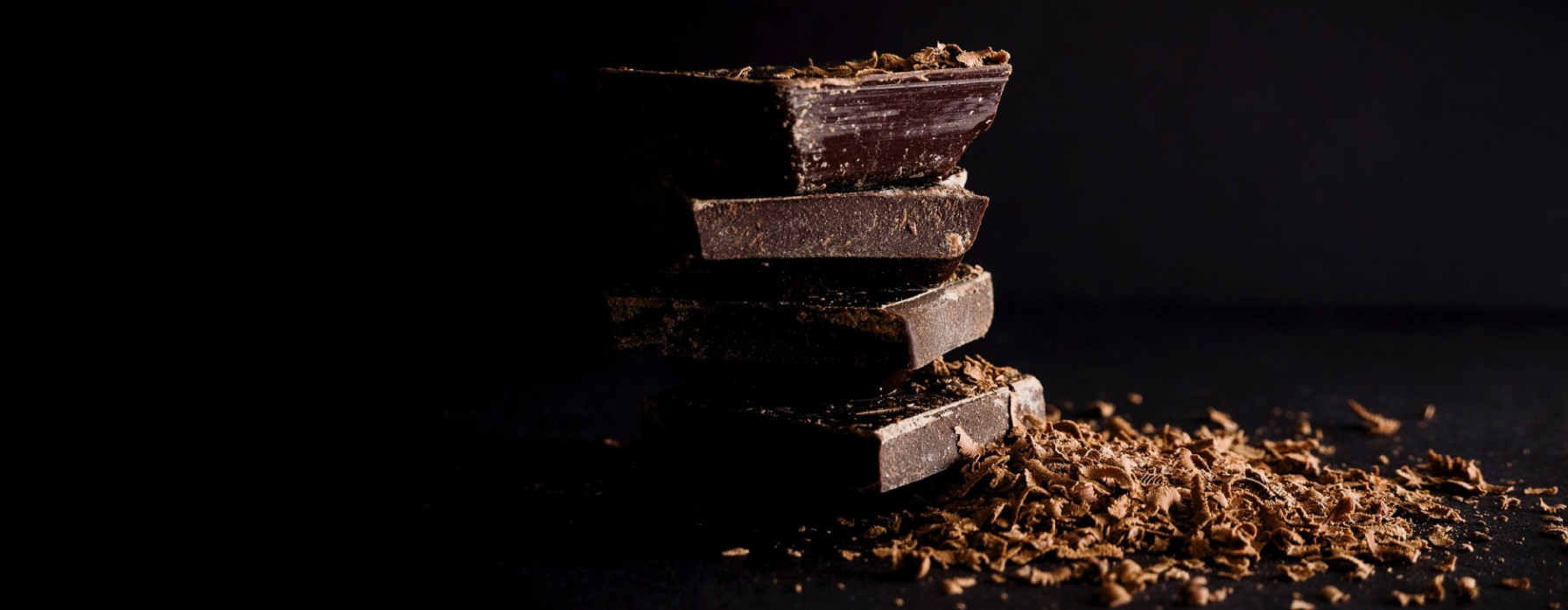
In this article, I want to focus on chocolate tasting. This is a broad topic, so we will divide it into several parts. This will be just the introductory. We will describe the classic tasting procedure and gradually introduce the so-called taste wheel and what to look for in chocolate.
The tasting can be approached very scientifically and taste can be evaluated on the basis of quite objective criteria and split colors, tastes or aromas according into given categories. However, I prefer subjective evaluation, so let everyone find their own in chocolate. If the seller or a professional taster claims that the chocolate excels in apricot tones and the customer smells fried mushrooms, it’s not anyone’s fault. But an expert can help, in particular, to determine in advance what one can focus on. In chocolate, you are much better aware of those tastes when you know what to look for. “Well, you’re right, I smell nuts there” – that’s exactly the purpose of the tasting reviews and the accompanying information on chocolate.
Chocolate is no different than wine, coffee, whiskey or cheese. It is always a matter of maximally isolating the taste of the food being tasted and then looking for specific taste components in it. But the taste itself is far from the first place, at least in terms of time. It usually starts with a visual perception, then a touch, and so on through all five or even six senses. We will look at that specifically in the next part. Incidentally, it is interesting that all the mentioned flavors, including chocolate, are to a greater or lesser extent the product of fermentation. Yeasts are simply very interesting organisms that can imprint a wide range of flavors and aromas on an originally dull raw material. After all, I deal with the fermentation of cocoa beans in a separate article.
The fact remains, however, that chocolate tasting can only be said for high cocoa-percentage chocolates, where the proportion of cocoa beans themselves predominates. The lower the proportion of cocoa in chocolate, the higher the proportion of sugar and there is not much to taste in sugar. Is it because the sugar does not go through the fermentation process? Maybe, anyway, the sweetness then begins to overwhelm the taste of cocoa, and the chocolate itself then loses value from this point of view.
It won’t be the same with cheap dark chocolates either, because low-quality and mass-processed cocoa beans were used for their production, which simply cannot offer interesting flavors. As I write elsewhere on the blog – if chocolate does not directly boast a quality cocoa variety, we can be sure that it does not contain any. On the other hand, even such chocolates need to be tried to get the whole picture. After all, even winemakers are learning to taste spoiled wines in order to know even the extreme limits of taste ranges.
In the next part, we will jump to a specific procedure, ideally with chocolate in hand.
Itís hard to find experienced people about this subject, however, you sound like you know what youíre talking about! Thanks